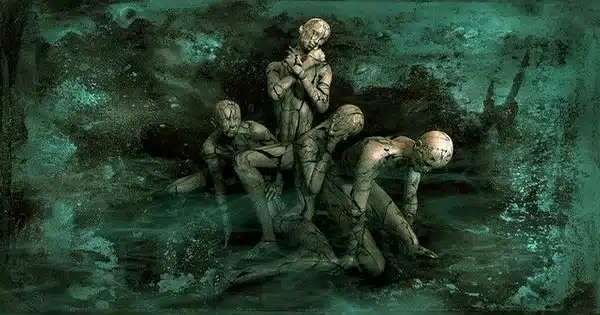We know that our predecessors lived on meat that they could hunt, supplemented with whatever else they could obtain from the soil. We also know that in this scenario, males did the hunting and women did the collecting, correct? A fresh data assessment has discovered no genuine evidence for these historical gender roles, therefore it might be time to rip up that textbook.
Sarah Lacy of the University of Delaware and Cara Ocobock of the University of Notre Dame summarize archaeological and physiological evidence that suggests women were not only capable of hunting as their male cave-mates but that there is no reason to believe they didn’t contribute to the load.
Lacy and Ocobock’s partnership arose from a similar frustration with the lack of examination given to the age-old stereotype of the male hunter and female gatherer. “We wondered, ‘Why is that the default?'” Lacy stated in a statement, “We have so much evidence that that is not the case.”
For example, it has been widely assumed that activities like as flintknapping to make tools were primarily the domain of men. According to the current studies, however, these assumptions are based on virtually no actual data.
“People found things in the past and they just automatically gendered them male and didn’t acknowledge the fact that everyone we found in the past has these markers, whether in their bones or in stone tools that are being placed in their burials,” Lacy went on to say.
“Can we really tell who made what?” We can’t say, ‘Oh, only males flintknap,’ because the stone tool has no signature that tells us who manufactured it.”
What we know about our Paleolithic ancestors’ physiology also suggests that current scientists are wrong to dismiss early females’ physical capabilities.
“When we take a deeper look at the anatomy and the modern physiology and then actually look at the skeletal remains of ancient people, there’s no difference in trauma patterns between males and females, because they’re doing the same activities,” Lacy said.
While men may have had an advantage in terms of strength, women were likely more adapted to endurance activities due to higher amounts of estrogen, and a successful hunt requires a mix of both of these skills. Given that these early people lived in small groups, it stands to reason that everyone would have had to pitch in to keep the community running.
If there appears to be so little evidence to support it, it’s easy to question where the thesis of “man the hunter” originated in the first place. To understand this, look back to the 1968 release of a series of publications by anthropologists Richard B. Lee and Irven Devore. Their idea that all hunting was done by men lingered in public awareness, and it matched other hard-to-shake prejudices about men’s and women’s roles and capacities that have persisted in science and many human communities.
The idea had become so entrenched that it would not be challenged by female academics in the following decades.
“This was before any of the work on genetics and a lot of the work on physiology and the role of estrogen had come out,” Lacy said. “We wanted to both lift back up the arguments that they had already made and add to it all the new stuff.”
While Lacy admitted that there is still much to learn about prehistoric civilizations, she hoped that future scholars would approach their questions with an open mind to the possibility of a more equitable division of labor between the sexes.
“What we consider to be de facto gender roles today are not inherent and did not characterize our forefathers.” For millions of years, we were a pretty egalitarian species in many aspects.”














